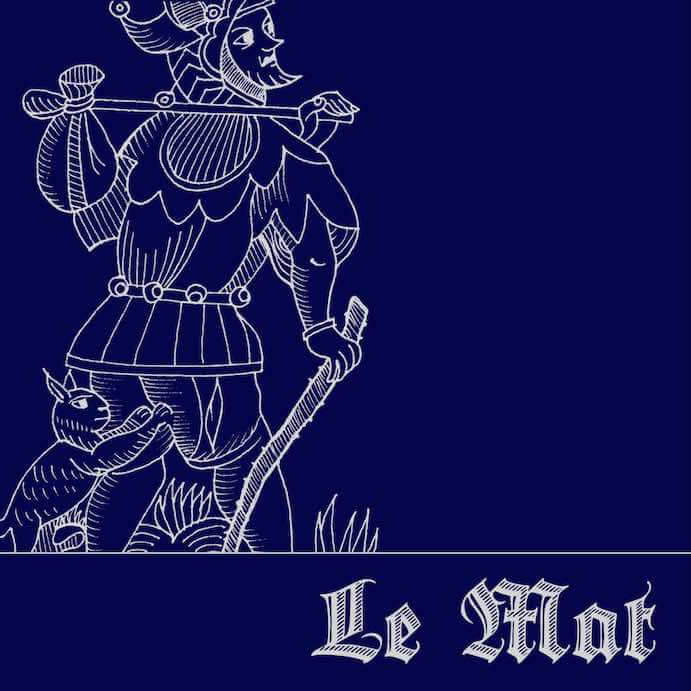Inspired by the imagery of the Tarot system of spiritual divination, Christian Kriegeskotte’s album Le Mat explores this often misunderstood deck of cards through 22 short works for solo piano performed by Eric Clark. As Kriegeskotte explains in his liner notes for the album, the Tarot deck is divided into two major categories: the Minor Arcana, which resembles a traditional deck of playing cards in many respects, and the Major Arcana, which consists of 21 “trump” cards–each with vivid allegorical scenes–and a single additional card called “The Fool.” Kriegeskotte does not elaborate on his own fascination with the Tarot deck, but the imagery is nevertheless striking. It is especially intriguing from a musical standpoint since most people (myself included) likely have only a vague understanding of it, creating rich possibilities for symbolic exploration.
Le Mat begins with a flurry of brief stylistic explorations, including dissonant and playful scherzo-like music, subtle and muted homophony, and rather aggressive gestures in turn. These styles are sharply juxtaposed against one another, creatively depicting “The Fool,” which begins the Major Arcana. Many of the gestures and ideas make consistent reappearances throughout the cycle, seemingly placing “The Fool” in a central role to the work and its musical imagery. “The Magician,” which follows, is ripe with mysticism. Kriegeskotte explores the symbolism with both vertical and horizontal space, both of which are treated well here. After some of the more aggressive and dissonant gestures present in “The Fool,” “The Magician” opens with a single melody separated by octaves, drawing a significant and welcome musical contrast. In addition, Kriegeskotte often has his performer simply rest after a poignant moment, and often chooses those moments well.
A favorite among these movements was Kriegeskotte’s take on “The Lovers,” which was extremely simple, allowing musical ideas to simply be beautiful and interact. “The Hermit” was also quite moving, with several moments that contrasted with styles used in other movements, creating a distinctly lonesome and dejected affect. In contrast, “The Devil,” which begins with an aggressive low-register outburst, appropriately captured the dark and universal symbolism its namesake conjures. My favorite among these movements, however, was the final piece called “Le Monde” (The World). Opening with a yet unused pianistic gesture in which the lower piano strings are struck with the pedal down, this movement felt all-encompassing and grand, but remained true to Kriegeskotte’s established musical styles.
Christian Kriegeskotte
As with any large-scale work comprised of short movements for a solo instrument, a danger might be that motivic integrity is lost due to the sheer amount of music being performed. This was not an issue for Kriegeskotte, who managed to both maintain a consistent musical language and explore each movement’s generative ideas with clarity. While the ideas remained clear and concise, their development occasionally became somewhat repetitious and predictable. Short phrases and gestures are often punctuated by space that seemed fitting in some instances, but out-of-place in others. Still, Kriegeskotte’s imagination, musical language, clarity, and execution of this rather large-scale project ought to be applauded.
Eric Clark’s rendition of this work was extremely well-executed, welcoming his listeners into this symbolic landscape with each gesture and phrase. His poise, command, and comfort with the material were evident through both technical ability and musical clarity, making an already laudable project even more so. Recording engineer Jesse Soracco did equally impressive work in bringing this piece to life. In all, this album is an impressive and extremely professional release, and it will be interesting to hear more from the collaboration between Kriegeskotte and Clark in the future.

